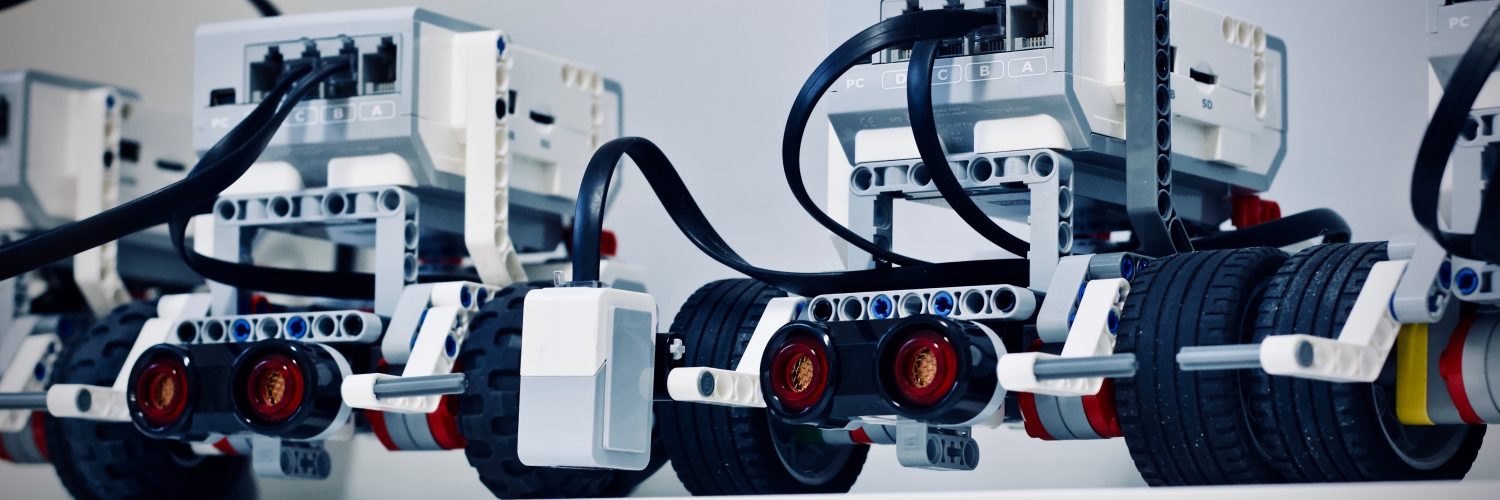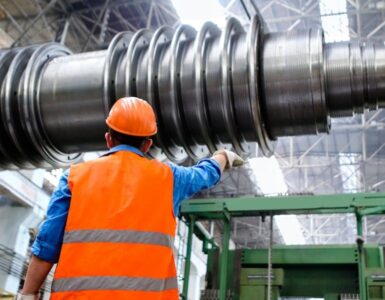Arizona State University’s Polytechnic campus, which rests in the very far southeast reaches of Mesa, is known for its technical course offerings ranging from aviation to agribusiness. Formerly known as ASU East, clubs on the Polytechnic campus focuses on developing engineering and technical acumen among student members. One of those clubs is Desert WAVE (Women in Autonomous Vehicle Engineering), an all-girls engineering group that meets Mondays to work on robotics projects, including an underwater self-propelled robot designed and 3D-printed in house.
The team of students is building a prototype of the submarine-like robot for an international competition taking place this July in San Diego. The main goal of the robot is to develop technology that can detect underwater bombs, help discover deep-sea life, and look through underwater wreckage.
Some of the team members have years of experience already in working on avionics electronics and different electrical hardware, and some are just starting out with their relatively newfound interest.
The field of robotic engineering has historically been a male-dominated field. In fact, WAVE is only the second all-girls robotics engineering group in the country, the other being at Texas A&M University. The team was launched as a partnership between ASU and the Si Se Puede Foundation, which supports STEM programs such as WAVE for children and young adults in low-income communities around the Greater Phoenix area.
“We work with over 350 kids from LEGO’s to underwater robotics to rockets. The partnership was a no-brainer and we were happy to team up with ASU Polytechnic,” Alberto Esparza, CEO and president of Si Se Puede, said.
Si Se Puede and ASU are not only partnering for WAVE, but in developing the National Underwater Robotics Challenge taking place June 28-30 at the Polytechnic campus. One of the team’s instructors is Fredi Lajvardi, a retired high school science teacher who led a team of students from Phoenix’s Carl Hayden High School to a national robotics title in 2004, beating out MIT. Lajvardi decided to collaborate to create the team and encourage young women, who have a high rate of dropping out of STEM-related college programs, to build their skills.
“[Women] with STEM degrees are less likely than their male counterparts to work in STEM and more likely to work in education or health care,” says Lajvardi. “The transition between high school and college results in an increasing gap between men and women entering STEM fields.”
The team has been meeting weekly to learn everything from designing parts that can be printed out and put together, to building the robot. The work that the team is participating in will come to a head at the end of July for a weeklong robotics competition in San Diego.
The RoboSub competition, held at the San Diego Naval Base, will see 20 international collegiate teams competing in a 16-foot deep testing pool. The setup will simulate an open ocean and will test how these robots can maneuver, drive through gates, pick up objects and follow sound indicators to find things underwater.
For Lajvardi, a big goal in general for Desert WAVE is to “create an environment that addresses the key reasons women cite for leaving STEM, comfort, achievement, status, altruism, autonomy, in this order, so they can continue to develop as engineers with less societal interference.”
















Thank you nick, great article!